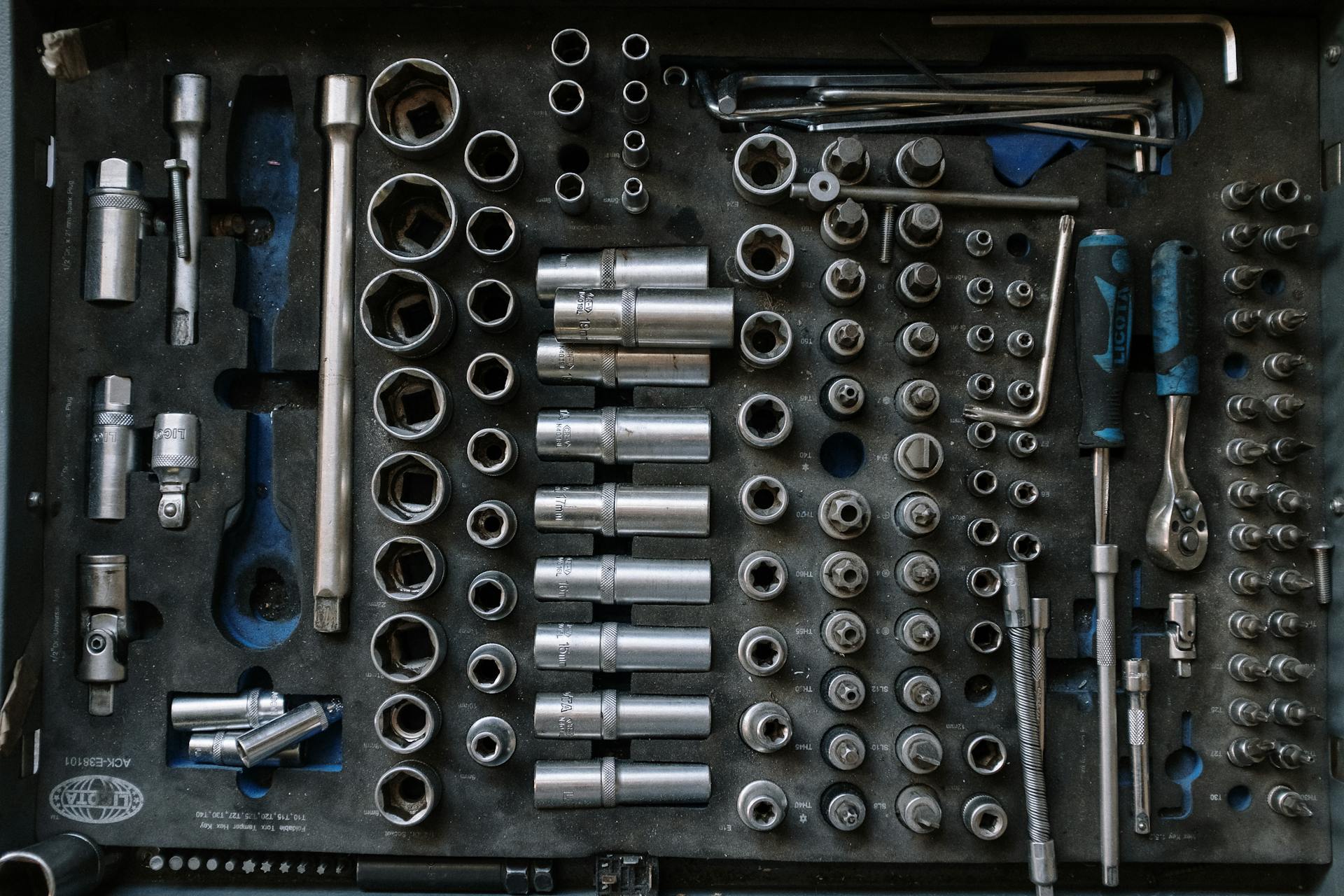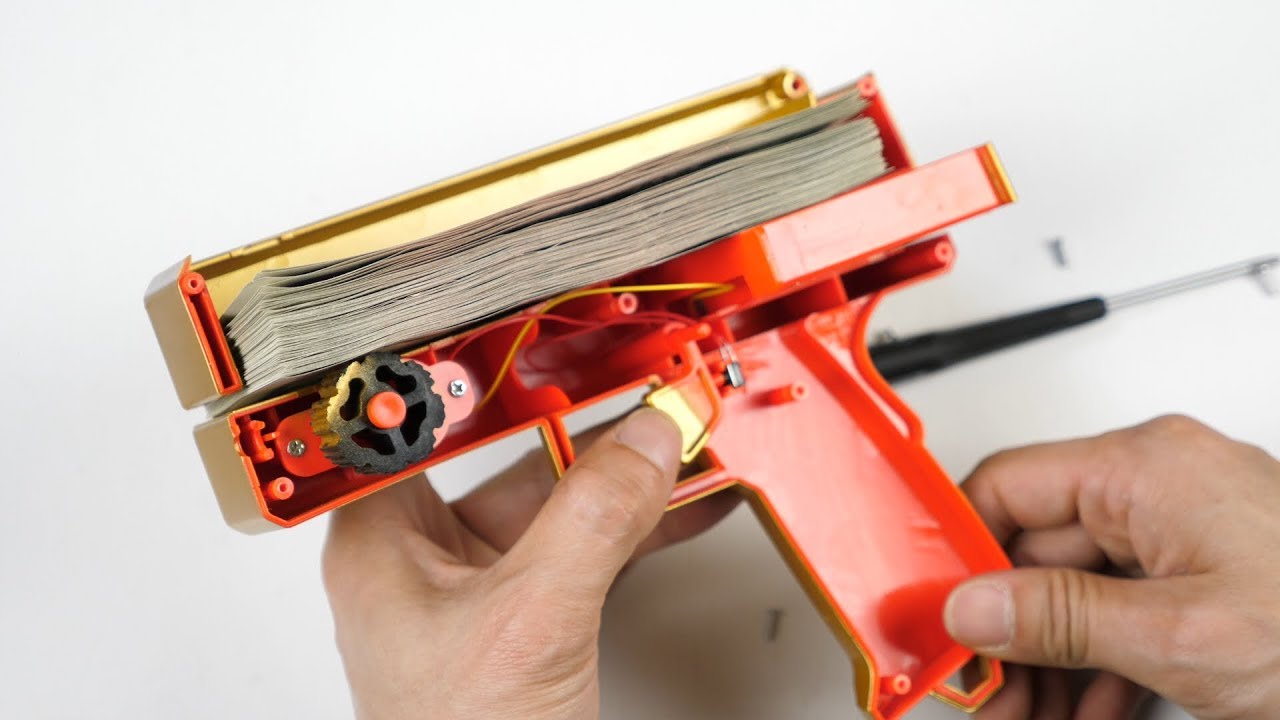Machines are made up of numerous components, not the least of which are gears, belts, couplings, springs, and guides. Of course, many use linear motion to carry out the processes they’re designed for. In those machines, either ball screws or lead screws help them to serve their purposes. While each of these types of screws can create linear motion, they have several differences that make each one suitable for different uses.
Taking a Closer Look at Ball Screws
First, take a closer look at ball screws. These components are widely known for their ability to convert rotational movement into linear motion. They’re comprised of a threaded shaft, a nut, and ball bearings. When either the screw or the nut rotates, the ball bearings roll along the threads in the shaft. Those bearings are constantly recirculated along the shaft, effectively creating the linear motion needed. Ball screws are also equipped with seals to help protect them against outside contaminants.
Ball screws are famous for their efficiency. In fact, those from Top Ball Screw Manufacturers can provide 90 percent efficiency or more. That’s because they create less friction than lead screws and certain other types of systems thanks to the ball bearings and the lubricants used in the screws. At the same time, they provide smooth motion and added precision. They can also operate at higher speeds and under heavier loads than lead screws.
Delving Into Lead Screws
Now, consider lead screws. Instead of using threads and ball bearings, they work based on sliding motion. As such, they produce more friction and generally less precision. They’re far less efficient than ball screws. Most offer 50 percent efficiency at best, and some operate at 20 percent efficiency or less. That being said, some lead screws have self-locking mechanisms, so they can more effectively hold loads at specific positions without the need for extra power input.
In light of their features, lead screws are often most effective at low speeds and under lighter loads. They’re best for use in systems that feature jacks, vices, and similar mechanisms. Once they lock, they can stay in place even in the face of vibrations and heavy strain. Still, their lack of precision and lower speed and load tolerances make them unsuitable for many applications. Lead screws are typically less expensive than ball screws, but those savings come with cost of sacrificing speed, precision, and efficiency.
Choosing the Best Option
Ball screws and lead screws both have their places in machinery. For applications that require smooth motion, precision, high operating speeds, and the ability to handle heavy loads, ball screws are generally the best option. In cases where less strength, speed, and accuracy are needed, lead screws may be the answer. They’re also common choices when self-locking capabilities are required. While neither ball screws nor lead screws are right in all situations, each one does an effective job in its own right. Understanding the main differences between the two can help businesses choose the right one to meet their needs.





